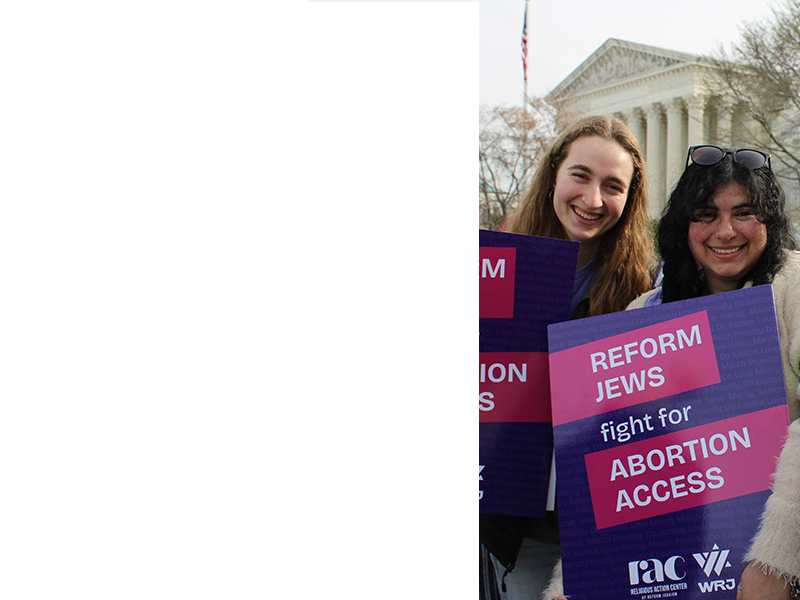In the landmark 1972 case Furman v. Georgia, U.S. Supreme Court Justice William Douglas wrote, "The discretion of judges and juries in imposing the death penalty enables prejudices against the accused if he is poor and despised, and lacking political clout, or if he is a member of a suspect and unpopular minority, and saving those who, by social position, may be in a more protected position." Unfortunately, Douglas's insights still ring true.
A study published in the Santa Clara Law Review in 2005 found that in California, those who killed whites were over 3 times more likely to be sentenced to death than those who killed blacks and over 4 times more likely than those who killed Latinos.
- Over half of those on death row are people of color, though they only represent about a quarter of the nation’s population.
- Black men make up nearly 35% of all U.S. death row prisoners, though they account for only 6% of people living in the U.S.
- Of persons executed for committing interracial murders, 12 involved a white defendant and black victim, while 207 involved a black defendant and a white victim.
Nationwide, cases involving a white victim and a defendant of color are most likely to result in the death sentence. A white-victim case is more likely to result in a death sentence than was a comparable black-victim case:
- Over 84% of the victims in death penalty case are white, while only 50% of murder victims are white.

